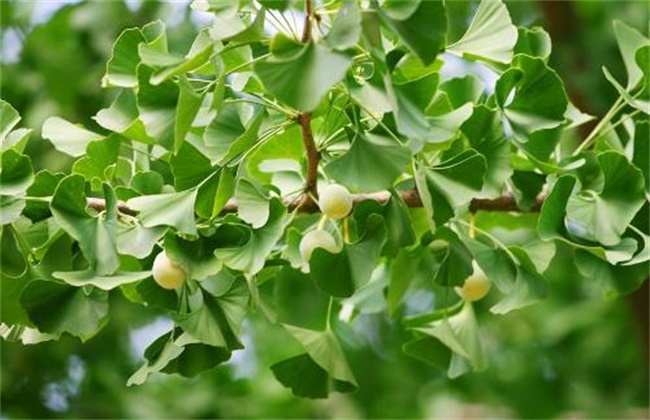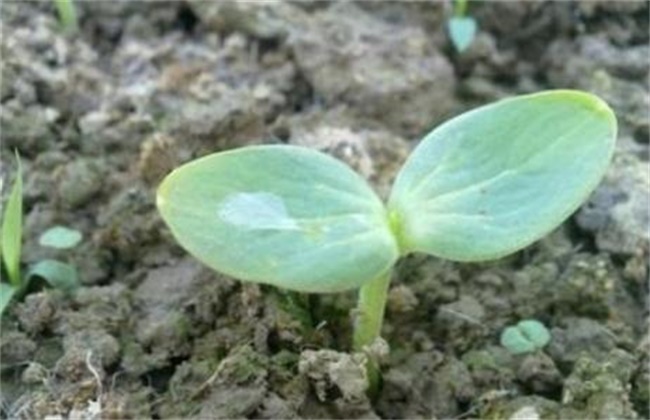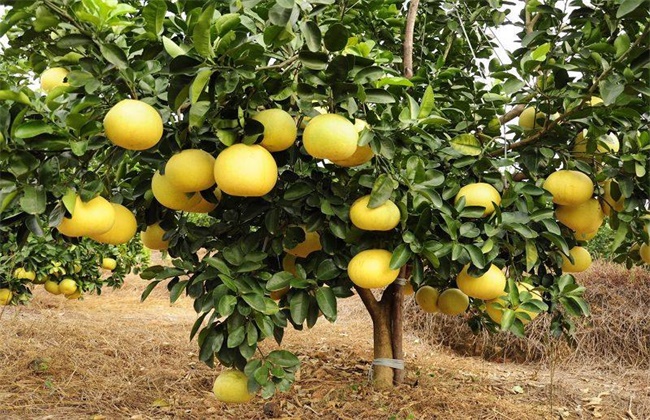What is the reason why ginkgo trees don't bear fruit?
Ginkgo biloba is a very common tree species in China, and its ornamental value is very high. It can be seen in many cities, and the fruit of ginkgo tree is also very popular. The fruit of ginkgo tree is called ginkgo. Ginkgo has high nutritional value, so many people plant it mainly for fruit. But sometimes ginkgo trees don't bear fruit, so what's the main reason? Let's take a look at it with the editor.

First, reasons
1. Improper management
The main reason for the failure of ginkgo trees to bear fruit is due to the improper management of the underground part after planting. If the soil environment of ginkgo tree growth is relatively poor, the soil is barren and hardened, then it will lead to poor soil permeability and weak plant growth. It can't bear fruit for many years after planting. At the same time, if the application of nitrogen fertilizer is partial to the application of phosphorus, potassium and trace elements, then the crown of ginkgo trees will expand too fast, the leaves are too thin and the color is not dark, thus affecting photosynthesis and causing ginkgo trees not to bear fruit.
2. Improper grafting
If the ginkgo tree depends on its own natural fruit, the fruit time is very long, sometimes it will not bear fruit for as long as ten years. Therefore, now the planting of ginkgo trees is generally based on grafting. But at the time of grafting, if the scion is a branch of a ginkgo tree that has not borne fruit or has just borne fruit. Then it will be because the physiological development stage of the scion is too young, and the speed of crown formation is too fast after grafting, which leads to delayed fruit after grafting.
II. Solutions
If we want to solve the problem that ginkgo trees do not bear fruit, then we first need to carry out corresponding prevention and control according to the reasons why ginkgo trees do not bear fruit, and choose the corresponding solution. First of all, for the more prosperous ginkgo trees, we peel the base of the main branches around May every year. The width of the girdling should be kept at about 1 / 10 of the girdling. Then, in May and June, each spray paclobutrazol wettable powder. And in May, sufficient high-quality compound fertilizer should be applied to promote the nutrition absorption of ginkgo trees.
After the above measures, if the ginkgo tree grows a large number of female flowers in the second year, then high-quality male flowers can be selected for pollination. The pollination interval should be kept at about two days. For ginkgo trees with weak growth, it is necessary to do a good job in water and fertilizer management. When fertilizing, it is necessary to give priority to phosphorus and potassium fertilizer, combined with appropriate amount of nitrogen fertilizer. In case of dry weather, it is necessary to do a good job in watering. Similarly, in the rainy season, it is necessary to timely drain water to avoid waterlogging, and it is best to do a good job in the prevention and control of diseases and insect pests such as leaf blight and diamondback moths.
The above is a brief introduction to the reasons why ginkgo trees do not bear fruit. That's all for today's introduction. This article is for reference only. I hope it can be helpful to everyone.
Related
- Moge, come on! The staff of the peasant association in the producing area of cantaloupe were frightened when the crowd gathered.
- Causes and Solutions of low Fruit setting rate of Apple
- Symptoms and control measures of passion fruit virus disease
- Fruit growing lesson: how do apple orchards keep high yields?
- Can you build orchards in the mountains? What are the pros and cons?
- How to manage the coloring period of Crisson grape?
- This paper introduces the processing technology of two kinds of fig products.
- How much is a month for retired teachers in rural areas by 2020?
- How can strawberry planting increase sugar content? We should pay attention to management in many aspects.
- What are the cultivation techniques on how to improve the yield of golden fruit?



